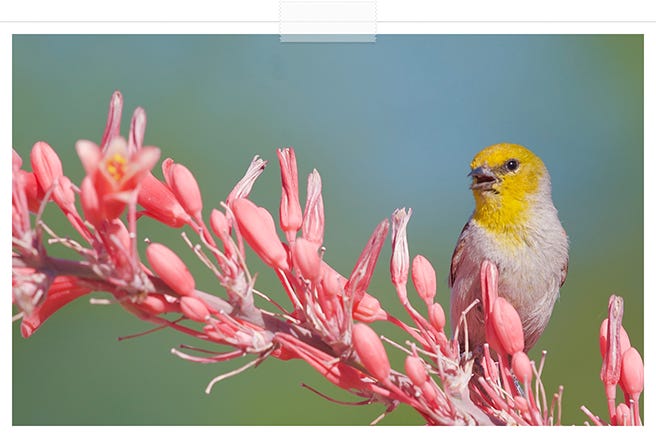Max Frei Saponaria
Saponaria x lempergii 'Max Frei'
SALE | SAVE 20%
SKU: HC016209
Shipping:
Shipping begins the week of April 29th, 2024
Overview
Max Frei is a vigorous hybrid soapwort that blooms in mid- to late summer with hundreds of quarter-sized pink flowers. It's a large scale groundcover with attractive deep green foliage. An uncommon perennial that deserves wider use.
key features
Botanical Name
Saponaria x lempergii 'Max Frei'
Advantages
Attracts Hummingbirds, Deer Resistant, Groundcover, Easy To Grow, Low Maintenance, Fragrant, Container Planting, Rock Gardens
Growing Zones
Zone 4, Zone 5, Zone 6, Zone 7, Zone 8
Light Requirements
Full Sun, Morning Sun & Afternoon Shade
Soil Moisture
Waterwise
Water Tolerance
Low-Water
Mature Height
6" tall
Mature Spread
18" wide
Bloom Time
Early summer to mid fall
SKU
HC016209

Together, we’re improving the earth, one garden at a time
celebrating earth day, every day
High Country Gardens was founded with a mission to make sustainable gardening accessible to every gardener, and we believe the natural world needs champions now more than ever. We're your source for expert advice, a passionate community, and plants that are beautiful, resilient, and beneficial to a healthy ecosystem.









